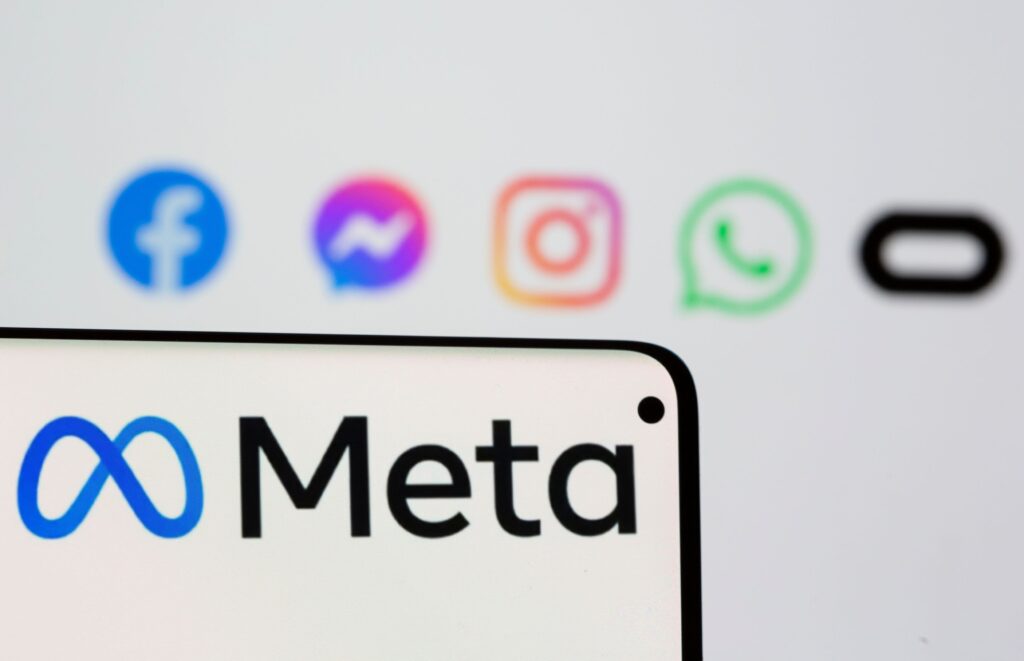Overview:
At this point, everyone in influencer marketing has heard about Grin getting nerfed by Meta. The reality is that this is actually a pivotal moment for the space. Influencer marketing 1.0 platforms across the globe are shaking in their boots – and if not, they should be. Meta’s biggest flex will push the traditional influencer marketing platforms into oblivion if they don’t quickly pivot.
What Happened:
First of all – what actually happened? As Phoebe reported in Marketing Brew – Grin’s creator database (at least the IG half of it) is no longer available as of just a few days ago.
Meta’s policies forbid platforms from using Meta’s data (i.e. creator profiles). Platforms must’ve been explicitly granted access to that data by a creator (first-party data). Grin is a great product and leader of the pack of traditional influencer marketing platforms. Given that Grin and all influencer marketing 1.0 platforms rely heavily on a workflow of “search the database”, “find the people”, “email / invite them”, and “track and report”. Unfortunately, their business model was extremely vulnerable to Meta enforcing this policy.
Why it Matters:
Influencer marketing 1.0 platforms rely on shady 3rd parties to provide them access to “creator databases”. The contacts are pulled by scraping data from Instagram. The influencer platforms don’t own the data in these databases, and creators haven’t granted access to these companies to use their information. In the past Meta has sort of looked the other way as it relates to this. Everyone in the industry knows that these databases power the largest influencer marketing platforms. Without access to huge lists of influencers, this influencer marketing 1.0 workflow just isn’t possible right?
Well – it IS possible, it’s just that it’s only possible for Meta to do it themselves. The one exception to the first-party data rule is that Meta owns the data – they own the master creator database for Instagram. And – now they’re starting to use it. Meta has recently been piloting their own creator database product and working directly with brands to use that capability. So of course, now they’re going to be cracking down on platforms that use these 3rd party databases. This increases the value of their own offering as they’ll be the only game in town with a searchable list of IG profiles.
What’s Next:
So where does this all go? Well – the influencer 1.0 platforms are flopping around like fish out of water because their entire platforms are based on this concept. They’re scrambling to try to get as many creators to authenticate their accounts with the platform directly. Their goal is to build a list of IG creators to whom they actually have first-party data access. There’s a major problem with this strategy – they’ll never have enough creators in their database to rival Meta’s complete data. TikTok won’t be far behind. Why wouldn’t the social networks want to grab the largest slice of that $16B brands spend per year in the space?
Influencer platforms are basically fighting a battle that they can’t win.
Ok – so where do we go from here? Well, it turns out that contacting strangers online and having them rep your brand can only get you so far. In fact, there is the technology that brands need for the next generation of influencer marketing – and it isn’t based on something that Meta owns. In his post on Influencer Marketing 2.0, Rex Woodbury from Index Ventures describes the future of influencer marketing as being focused on “content creators with 10K, 1K, or even 500 followers. ” We live in a world where everyone is now a “creator”, brands are starting to realize that turning customers that are authentically passionate about their brand into ambassadors just makes a ton of sense. Interestingly enough these “nano-creators” or “brand ambassadors” actually convert better”. As Nosto points out, content produced by real customers is almost 10x more impactful than influencer content.
This march towards smaller and smaller creators is all about authenticity. When you play that forward, you can’t avoid coming to the conclusion that the most authentic form of influencer marketing is actually the next generation of referral marketing. What could possibly be more authentic than customers talking about the brand online?
In order to truly engage these “customer creators” – an entirely new set of tooling is needed. It’s not an enhancement to the influencer 1.0 workflow, it’s not just a feature that can be added on.

Transitioning to Creator Marketing 2.0
“Creator marketing 2.0” as we like to call it – is a fundamental paradigm shift.
To make this work, brands need an “always on” workflow and automation capability that integrates into the existing customer experience. This means:
- Continually recruiting customers as brand ambassadors
- Amplifying and rewarding organic mentions
- Enhancing engagement through a community setting while integrating with the CDP / CRM
- Providing a destination for these customer creators and ultimately enabling a higher level of relationship management.
That’s not a light lift, and that’s why there’s a huge opportunity in the space for SaaS platforms (like SocialLadder) that can provide this value.
How Creator Marketing 2.0 Provides Value
Let’s dive into this list a bit more and explain why this capability is necessary for the next generation of creator marketing:
- Home for creators: Customer creators engage as brand ambassadors because they actually love the brand. Not being professional creators – they need a space where they can communicate with the brand, be inspired by others in the community, and ultimately get rewarded.
- Workflow and automation: Unlike a transactional influencer campaign with a specific start and end, creator marketing 2.0 programs are always on. They cater to hundreds or thousands of customers coming in and out at any given time. Automation is the key to making a program like this scalable.
- Embedded into the customer experience: Targeting customers means being where they are – not disintermediating the relationship between the brand and the customer with a 3rd party. Being able to embed directly into the customer experience and live inside the communication channels like SMS and email is critical. These channels are already being used by brands to communicate.
- Sophisticated compensation models: Compensating influencers is easy; they all want cash. Compensating customer creators is much more complex. Brands need the ability to integrate with eCom so that they can seamlessly compensate using the free products. Brands also need tier structures, timed rewards, and other constructs that gamify the experience. This captivates and builds on the passion that customers already have for the brand.
- Integrations with CRM / CDP / eCom: Communicating with customer creators means interacting with them through the normal channels that exist along the customer experience. This includes CRM / ESPs like Klaviyo or SMS communication through products like Attentive. To provide a truly seamless experience, platforms need to be integrated with all of these tools and channels. The benefits are clear as well – as customers shop, that information becomes part of the customer profile in the CDP – as customers influence their friends or create content about the brand – shouldn’t that be in the CDP as well?
Grin is a great product – it’s hands down the best influencer marketing 1.0 tool that I’ve seen. In the future where everyone is a creator and Meta owns the database, it’s time for a new approach – it’s time for creator marketing 2.0.
Ready to Explore Creator Marketing 2.0?
BOOK A SPECIALIST



